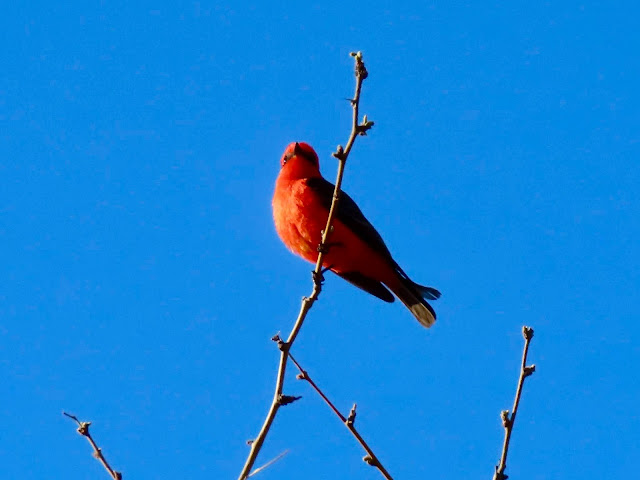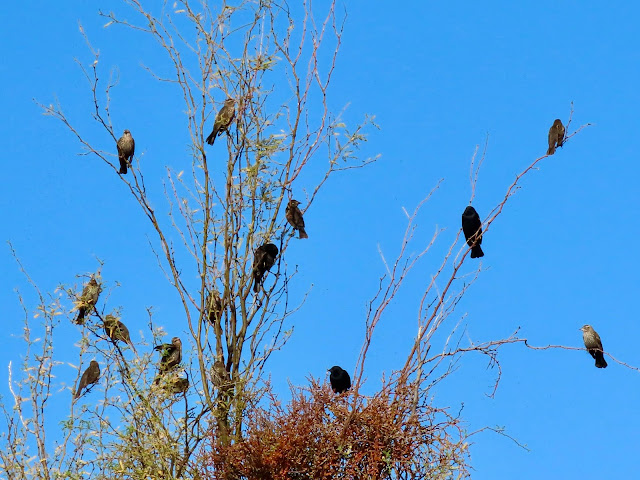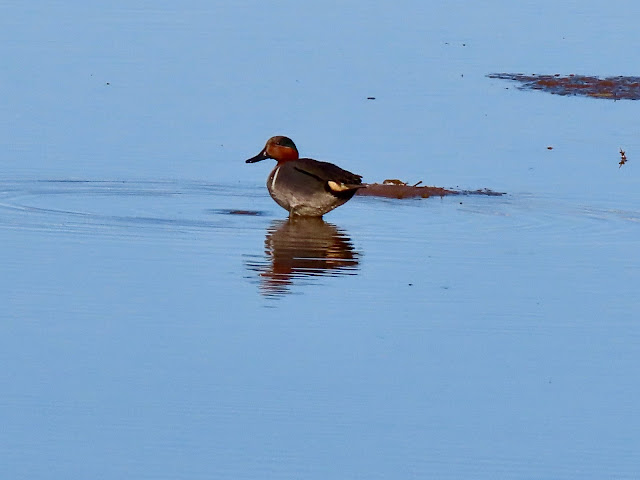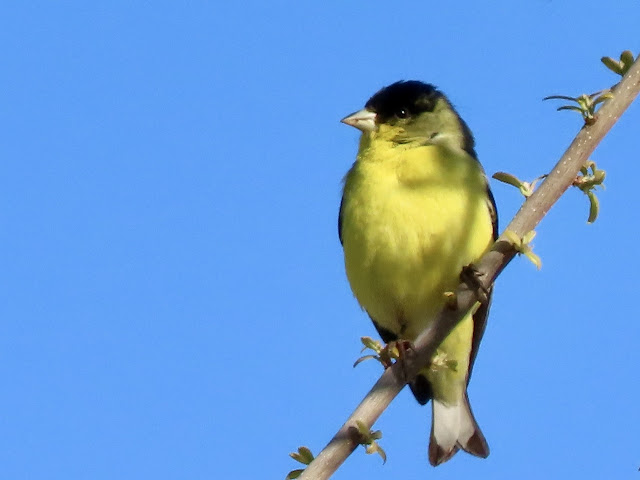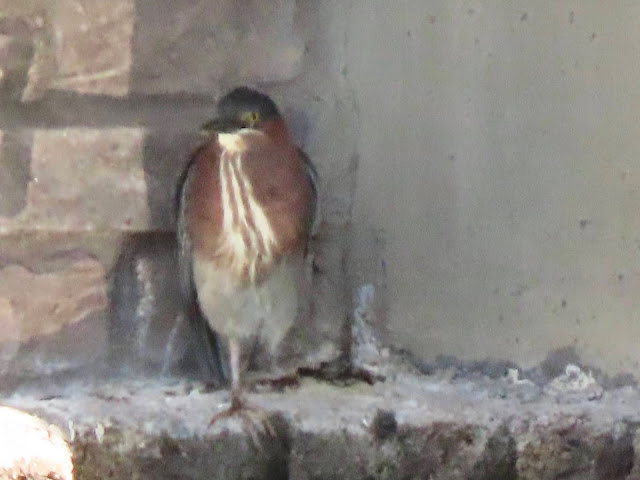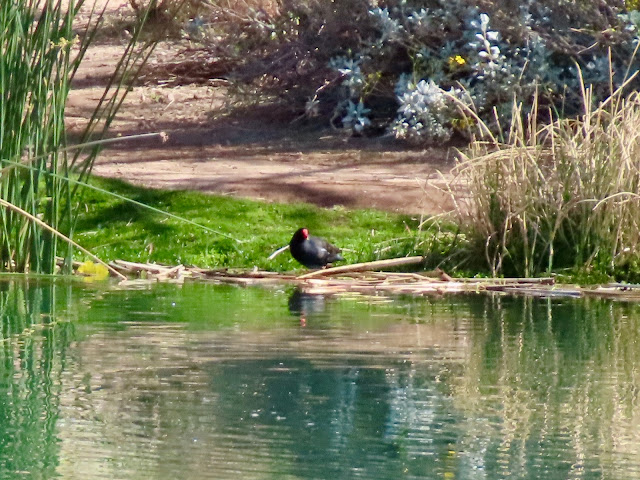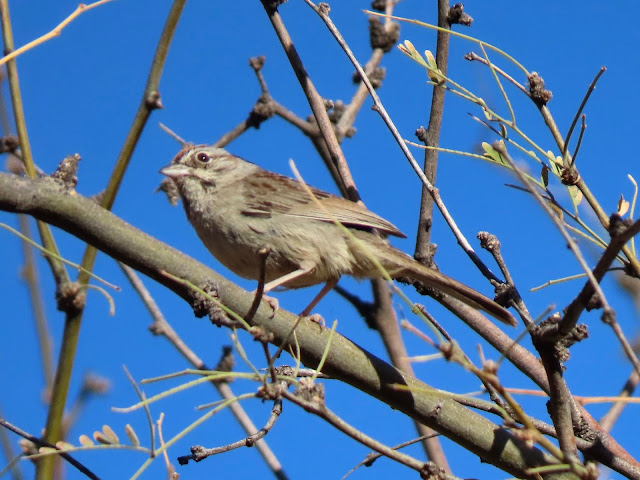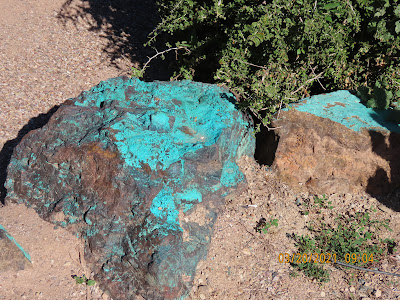Tuesday, March 30, 2021
A last-minute decision on a warm sunny day led me to Coon Bluff for today's birding adventure. As soon as I opened the car door, my heart went pit-a-pat; one of my favorite birds was singing its little tune over and over and over.
With binoculars and a camera in place, I set out to find where it was perched. I felt like I was standing directly beneath its tree - bare mesquite - yet I could not find this very conspicuous feathered songster. Its high rolling trill with its definitive ending continued.
Lifting my eyes, I found the VERMILLION FLYCATCHER circling high above the tree still singing. Was this part of its mating display? Continuing to observe the bird, it finally dropped lower quite quickly, but not in a dive as Anna's Hummingbird does. Perching in the open as it often does, I clicked away.
My usual approach to this recreation area is to walk the gated dirt road close to the bluff looking for birds. It felt good to follow the birds this morning rather than to search. Many skittish RED-WINGED BLACKBIRDs were foraging on the ground. Too full of shadows for good photos, the birds never did leave the area but flew here and there to where I caught them by photo perched in a tree.
Continuing to walk east along the Salt River, two CANADA GOOSE took to the air.
Farther east, it wasn't birds that caught my attention; it was a band of wild (feral) horses on the north shore.
One summer arrival was the LUCY'S WARBLER. Throughout the recreation area and the east trail, its song rose above the trees. Hard to photograph, the one below is the best I could do.
A single BROWN-HEADED COWBIRD was perched up high. 
Never happy to see this bird, I hope it was the only one present. While it can often be seen with grazing cattle foraging for insects they raise, it is known for what we don't see it do. The female lays her eggs in a wide variety of host species' nests. I once saw a small Black-tailed Gnatcatcher feeding one such young that was bigger than the gnatcatcher. This parasitic behavior has earned its scorn of many birders as the pariah of the bird world.
Finishing up, I often take note of what I haven't seen, too. No Bald Eagle, no Ash-throated Flycatcher (reported there), no Belted Kingfisher, no Javelina! But as I returned toward the parking lot, I spotted a GREAT EGRET flying above the river. Later, I found it moving quickly along the north shore.
74°F when finished, I felt ecstatic. That's a good temperature for here. Soon, I'll need to start birding at very early hours.
* * *
View this checklist online at https://ebird.org/checklist/S84403224
